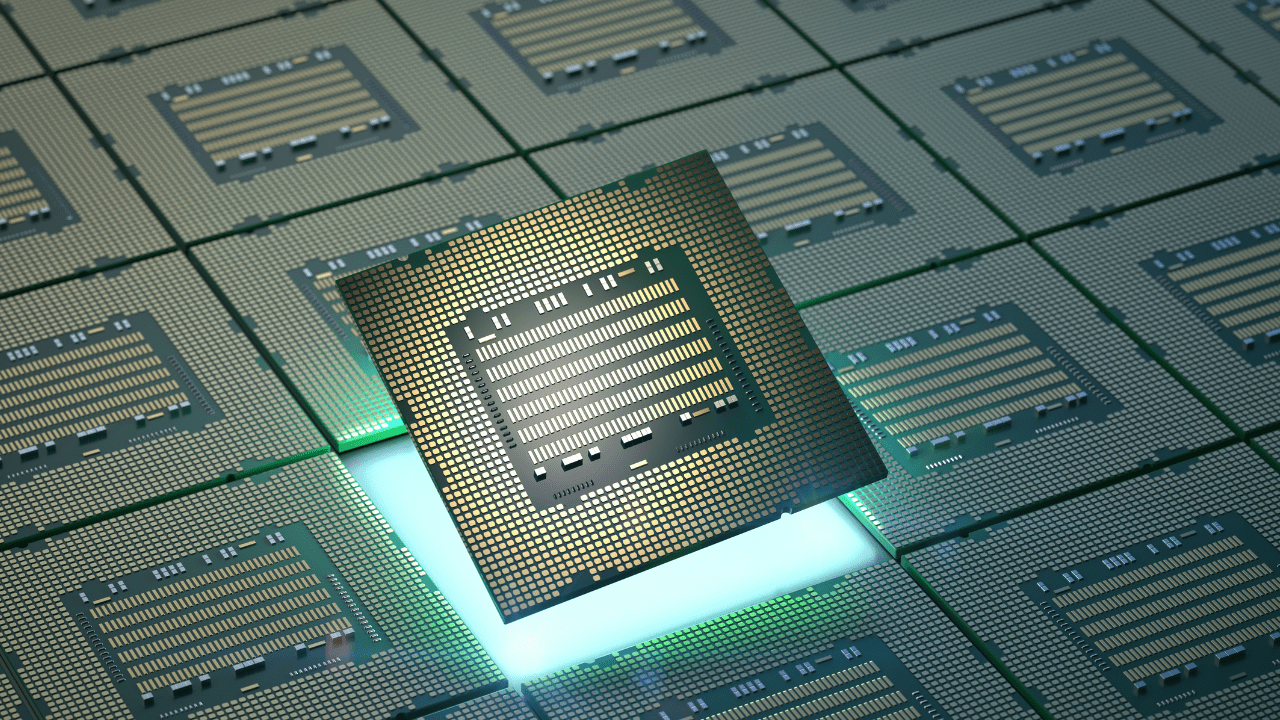Advancing Chip Design: The Growth Trajectory of 3D IC and 2.5D IC Markets
 In the world of electronics, chips are like the brains of our devices, helping them work smoothly and efficiently. But have you ever wondered how these chips are designed and made? That’s where 3D IC and 2.5D IC technologies come in, revolutionizing the way chips are built and opening up new possibilities for electronic devices.
In the world of electronics, chips are like the brains of our devices, helping them work smoothly and efficiently. But have you ever wondered how these chips are designed and made? That’s where 3D IC and 2.5D IC technologies come in, revolutionizing the way chips are built and opening up new possibilities for electronic devices.
What is 3D IC and 2.5D IC?
3D IC stands for three-dimensional integrated circuit, while 2.5D IC stands for two-and-a-half-dimensional integrated circuit. These technologies involve stacking multiple layers of chips or chip components on top of each other, instead of placing them side by side on a flat surface, as in traditional chip design. This stacking allows for more compact and powerful chips that can do more tasks in less space.
How does 3D IC and 2.5D IC work?
In 3D IC, the layers are stacked vertically, with connections called through-silicon vias (TSVs) linking the different layers. This vertical stacking reduces the distance between components, improving speed and efficiency. In 2.5D IC, the stacking is not completely vertical but still offers some of the benefits of 3D IC, such as improved performance and power efficiency.
Benefits of 3D IC and 2.5D IC
The benefits of 3D IC and 2.5D IC technologies are substantial and are driving their adoption in various industries. Here are some key benefits:
Size Reduction: 3D IC and 2.5D IC technologies allow for the stacking of multiple layers of chips or chip components, reducing the overall footprint of the chip. This enables the creation of smaller and more compact devices, which is particularly important for mobile devices and other applications where space is limited.
Improved Performance: By stacking components vertically, 3D IC and 2.5D IC technologies reduce the distance that signals need to travel between components. This leads to faster processing speeds and lower power consumption, improving the overall performance of the chip.
Energy Efficiency: The shorter interconnect lengths in 3D IC and 2.5D IC designs reduce the amount of energy lost as heat, leading to more energy-efficient chips. This is crucial for devices that run on battery power, as it can extend battery life.
Increased Functionality: 3D IC and 2.5D IC technologies allow for the integration of diverse components, such as memory, logic, and sensors, into a single package. This integration enables the creation of more complex and multifunctional chips that can perform a wider range of tasks.
Cost Savings: While the initial manufacturing costs of 3D IC and 2.5D IC technologies may be higher than traditional chip manufacturing processes, the ability to create smaller and more efficient chips can lead to cost savings in the long run. This is because smaller chips require less material and can be produced in higher volumes.
Reliability and Yield: The vertical stacking of components in 3D IC and 2.5D IC designs can improve chip reliability by reducing the impact of defects. Additionally, the ability to stack multiple identical layers can improve manufacturing yield, as defects in one layer may be bypassed by using a different layer.
Applications of 3D IC and 2.5D IC
These technologies are used in a variety of applications, including high-performance computing, data centers, and mobile devices. In high-performance computing, 3D IC and 2.5D IC can help improve processing speeds and reduce energy consumption. In data centers, they can enable more efficient data processing and storage. In mobile devices, they can lead to thinner and more power-efficient devices.
Market Research and Insights
The market for 3D IC and 2.5D IC is expected to grow significantly in the coming years, driven by the increasing demand for smaller, more powerful, and energy-efficient electronic devices. Market research indicates that these technologies will play a crucial role in the advancement of chip design and the electronics industry as a whole.
The Future of 3D IC and 2.5D IC
The future looks promising for 3D IC and 2.5D IC technologies, with ongoing research and development focusing on further improving performance, reducing costs, and expanding their applications. As these technologies continue to evolve, we can expect to see even more innovative electronic devices that are smaller, faster, and more energy-efficient than ever before.
Conclusion
In conclusion, 3D IC and 2.5D IC technologies are driving the advancement of chip design, offering benefits such as improved performance, reduced power consumption, and smaller form factors. With their growing importance in various industries, these technologies are set to revolutionize the electronics market in the years to come, shaping the future of chip design and electronic devices.
Share this post if you find it useful -
-
Facebook
-
Twitter
-
Linkedin
83422+ Reports Delivered
Accurate market data is crucial to a successful business strategy. With an 85% + accuracy in all reports, makes us one of the best and most accurate firms in the world.
Need Customized ReportCall NowRecent Post
-
Predictive Maintenance Market Growth: Key Trends Shaping the Future
-
Exploring the Growth of the Quantum Cryptography Market: Trends and Predictions
-
Blockchain Identity Management: Market Forecasts and Industry Growth
-
Generative AI Market Analysis: Key Players and Innovations
-
The Future of Work: How the AI Market is Transforming Industries
